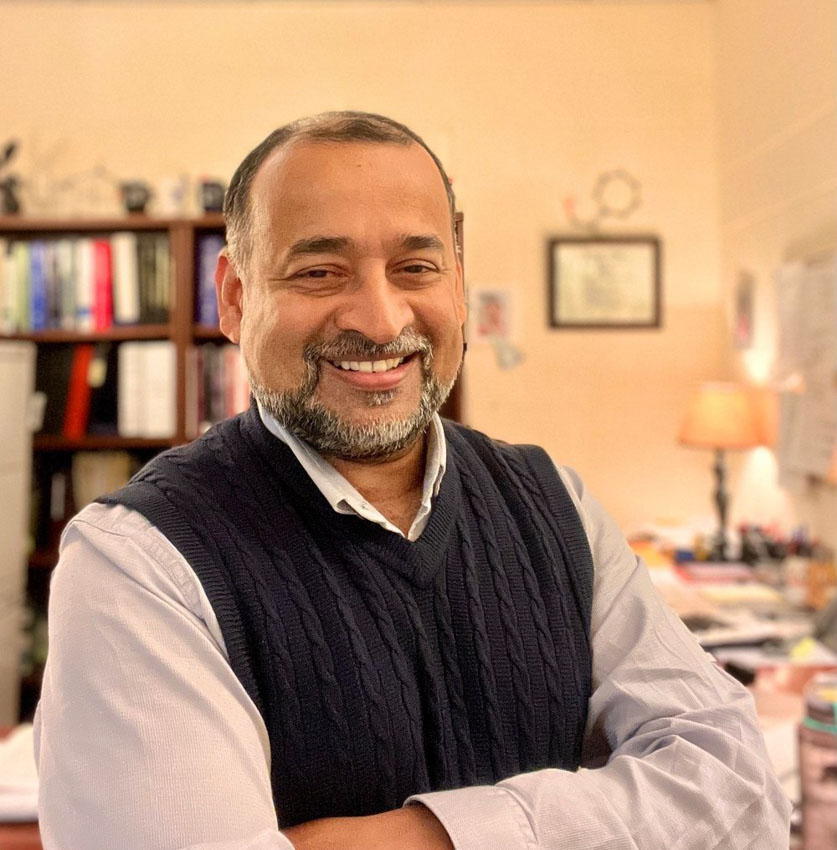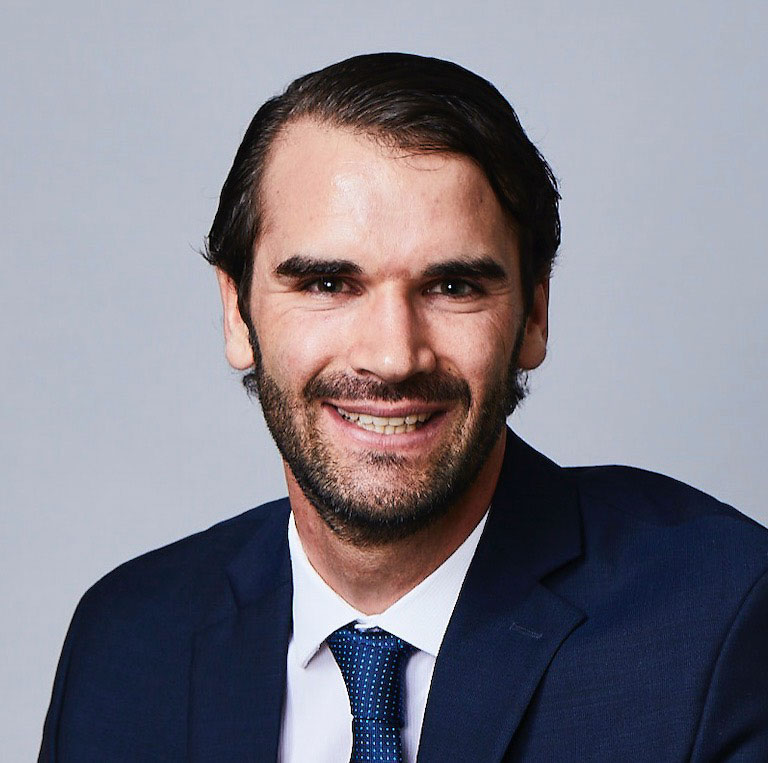Southern Miss Faculty Research Published in the Prestigious Journal of the American Chemical Society
Mon, 09/30/2024 - 09:28am | By: Dr. David Tisdale
Two highly accomplished researchers in the College of Arts and Sciences at The University of Southern Mississippi (USM) recently marked inclusion of their research in the Journal of the American Chemical Society (JACS), widely considered one of the most significant and impactful journals in the field of chemistry and the flagship publication of the American Chemical Society.

Dr. Vijay Rangachari
USM Center for Molecular and Cellular Biosciences faculty members Dr. Vijay Rangachari, a professor of biophysical chemistry, and Dr. Tristan Clemons, an assistant professor of polymer science and engineering, are among co-authors of “Reversible Disulfide Bond Cross-Links as Tunable Levers of Phase Separation in Designer Biomolecular Condensates” featured in the journal Aug. 24.
The report showcases a simple method to develop tunable and customizable “viscoelastic” protein materials, i.e., materials showing elasticity under stress and are viscous like fluids. The researchers also show in the report that these materials can be formed and dissolved reversibly and lay a foundation for making viscoelastic proteinous materials that may find applications in biotechnological applications, such as in the pharmaceutical, cosmetic, and agricultural industries, among other related areas. This research effort was funded by the National Science Foundation’s Biomaterials research program.
“I’m excited to have this paper out,” said Dr. Rangachari, who joined the Southern Miss faculty in 2008. “This idea was in the making for a few years, and it came to fruition during the last year. To have the paper accepted in such a reputable journal with little revision is a testament to the rigor and novelty of the work. It feels lovely."

Dr. Tristan Clemons
Dr. Clemons came on board as a collaborator with Dr. Rangachari in 2021, and the two have worked together specifically on the project over the last year.
“With this research, we emphasize the novelty and potential use of the demonstrated technique,” Dr. Rangachari further explained. “It pushes the boundaries of both understanding the sequence grammar of biomolecular condensates and provides tunability to generate customizable biomaterials. I am also happy to have Tristan on board for this project; he brings a unique set of skills that will help our investigations further.”
Dr. Clemons, who has been at Southern Miss since 2021, is proud of the team’s effort on the project and the opportunity to work with an interdisciplinary collaborative; both he and Dr. Rangachari also praised the outstanding work of USM students Malay Mondal, Penelope Jankoski and Windfield Swetman to help make the project a success in leading it to be included in the JACS.
“This research is right at the cutting edge of biomaterial self-assembly, and to have it featured in JACS also tells me that the field agrees,” Dr. Clemons said. “I’m particularly excited about what this discovery could lead to next with potential implications ranging from the origins of neurodegenerative diseases through to smart materials and coating designs.”
Dr. Clemons further noted that working with Dr. Rangachari’s team to bring the project to fruition “has been a lot of fun” and that every conversation on the collaboration left him “excited and invigorated as to the impact of this work in the field.”
“The Rangachari Lab is a leader in bio-condensate and protein biology research, and my lab comes from a polymer biomaterial and self-assembly background, so this work truly sits at the intersection for us,” Dr. Clemons also noted. “I’m a strong believer that exciting things happen at the boundaries - when you are willing to cross disciplines and broaden your horizons. This is a perfect example of that happening, and I’m grateful for Vijay and his mentorship as we have gone down this path together.”
USM College of Arts and Sciences Dean Dr. Christ Winstead praised the team’s work and subsequent recognition by the journal as “a prime example of researchers from different areas working together to make an important breakthrough.”
“Dr. Rangachari, Dr. Clemons, and their respective research groups combined their own unique talents and expertise to form this interdisciplinary team,” Dr. Winstead continued. “Modern research progress increasingly looks like this example.”
Click here to learn more about the work of Drs. Rangachari and Clemons and other faculty and that of students in the USM Center for Molecular and Cellular Biosciences.